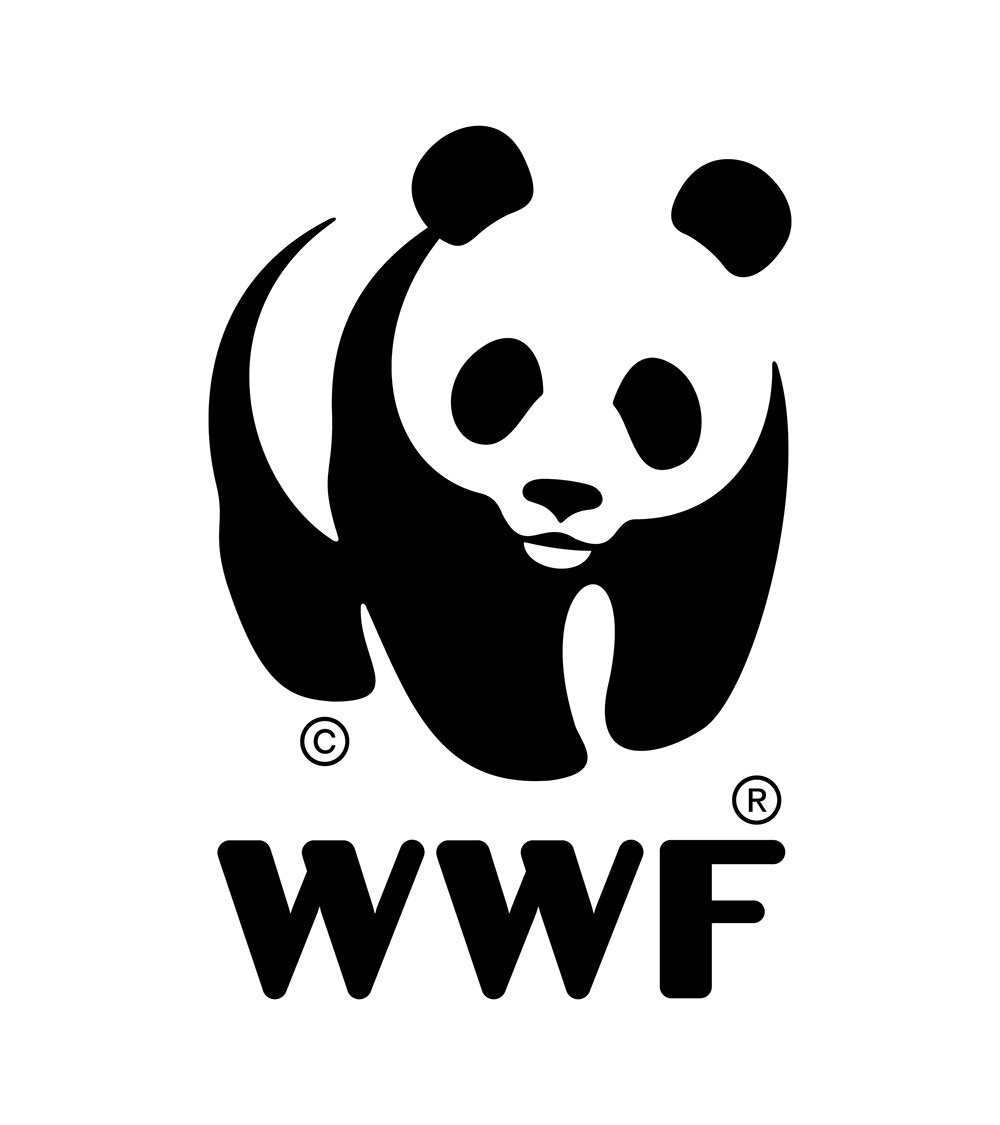North Atlantic right whale population continues to decline raising alarms
Fishing ropes wrap around the head and mouth, damaging the baleen of a severely entangled North Atlantic right whale (Eubalaena glacialis) in the Gulf of Saint Lawrence, Canada. © Nature Picture Library / Alamy Stock Photo
Last week, experts released a new population estimate for North Atlantic right whales, raising alarm that the iconic species is at the lowest point in about 20 years, numbering only 366 individuals, an 8% decline in one year.
The annual North Atlantic Right Whale Consortium meeting was held virtually from October 26-27 with over 500 individuals, industry representatives, government agencies and organizations including WWF, to discuss and coordinate right whale conservation efforts in the United States and Canada. North Atlantic right whales have been on a downward trajectory since 2011, when the species was at its highest estimate of 481 whales. In the past 10 years, the species has declined by 30%.
Human impacts, specifically entanglements in fixed fishing gear and vessel strikes from ship traffic, remain the biggest threats to the survival of this species across their range in eastern Canada and the United States. Recent research shows that these cumulative threats are impacting their overall health with less energy to devote toward growth and reproduction, and body lengths decreasing over the past four decades. Researchers estimate there are fewer than 100 breeding females alive and more than 86 per cent of identified whales had been entangled at least once in their lifetime.
In 2020, the IUCN listed the North Atlantic right whale as ‘critically endangered’, which is of great concern. Climate change is also impacting them. Over the past ten years, ocean warming in their historical feeding areas in the Gulf of Maine is causing them to migrate further north into the Gulf of St. Lawrence during the summer and autumn – an area with significant shipping traffic and fishing.
In recent years, collaborative efforts to reduce human-caused threats to North Atlantic right whales have involved conservationists, scientists, government agencies, fishing and shipping industries. The Canadian and United States governments have implemented changes to attempt to reduce entanglements and collisions between ships and whales, including periodic closures of certain fishing areas. However, some seasonal fishing closures in areas are being challenged in the US and are threatened with being overturned by courts. There are both areas with mandatory and voluntary speed limits for vessels, although recent reports found voluntary measures are being ignored and need to be stronger.
Whales rely on critical ocean habitats – areas where they feed, mate, give birth, nurse young, socialise or migrate – for their survival. Growing evidence shows protecting whales and their habitats have benefits for nature and people. They play a critical role in maintaining ocean health and our global climate, all while contributing to a global economy.
One emerging hope is technological innovation. Several new ropeless fishing technologies – marking and retrieving traps without buoys or end lines that entangle right whales – are currently being explored and tested in both Canada and the US. While still in development, further testing and funding needed to ensure that these technologies provide a safe alternative.
However, the Right Whale Consortium meeting noted there has been a glimmer of hope. In 2021, scientists tracked 18 mother-calf pairs, a number that is cause for optimism yet well below the annual average of 23 pairs from the previous decade.
It’s going to be challenging, but everyone involved in right whale conservation is hopeful we can create an environment where right whales can bounce back. However, it’s going to take large investment and greater urgency and commitment to create conditions where we prevent entanglements and collisions with vessels in their critical habitats.
For more information about the 2021 North Atlantic Right Whale Consortium visit:



